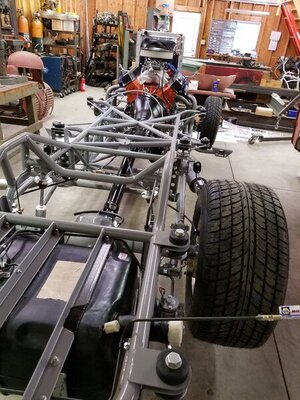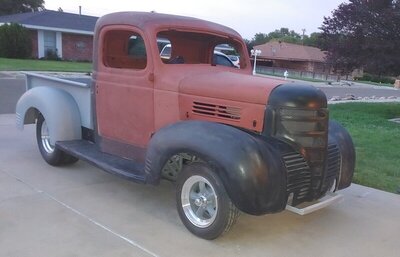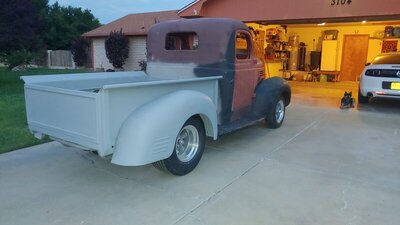- Local time
- 9:35 AM
- Joined
- Feb 22, 2021
- Messages
- 3,552
- Reaction score
- 7,419
- Location
- Roswell, New Mexico
My first post here.
I had an engine builder put a 440 together
for me. His only question at the start of
the build was what the engines' main
use was. I told him it was to be run on
the street with a very occasional trip
to the track. Two weeks later I got a call
from his grandson, stating that his
grandad had succumbed to a heart
attack, but my engine was ready to
pick up.
The only paperwork that the grandson
could tie to my engine was the cam.
all other paperwork was lost in the
pile of unfinished paperwork on
his desk.
It's been pure guesswork on my part
to appy the correct exterior parts such
as headers, carb, torque converter.
I don't know what the compression
ratio is, how much it's been bored,
or what kind of pistons are in it.
The cam is an old Trw-TP238.
300/300adv 230/230@.050 109lsa.
I had an engine builder put a 440 together
for me. His only question at the start of
the build was what the engines' main
use was. I told him it was to be run on
the street with a very occasional trip
to the track. Two weeks later I got a call
from his grandson, stating that his
grandad had succumbed to a heart
attack, but my engine was ready to
pick up.
The only paperwork that the grandson
could tie to my engine was the cam.
all other paperwork was lost in the
pile of unfinished paperwork on
his desk.
It's been pure guesswork on my part
to appy the correct exterior parts such
as headers, carb, torque converter.
I don't know what the compression
ratio is, how much it's been bored,
or what kind of pistons are in it.
The cam is an old Trw-TP238.
300/300adv 230/230@.050 109lsa.
Last edited:

























